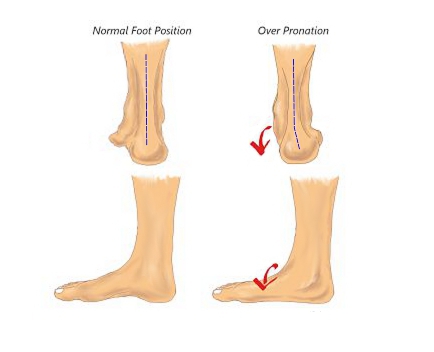For many years I had absolutely terrible posture. My upper back was rounded, shoulders rolled forward and my head stuck out in front of me. A friend once joked that when I entered a room, my head came in a foot in front of the rest of my body.
I was a student at the time and, like most people, spent a lot of time sitting in chairs hunched over a computer. Lifting weights without stretching or mobility work certainly didn’t help. Tight traps, shoulders and upper back muscles made it difficult to stand up straight.
A few years ago I started working on better posture, movement patterns and mobility. I discovered a succession of movements that quickly aligns the joints in the lower body, making it easy for the upper body to follow and the whole body to rest in a correct position.
You can do this anytime during the day to stand with better posture almost instantly. I try to remember to do it anytime I’m standing around. And when you do it repeatedly, your default resting posture will greatly improve over time.
There are two steps to start:
1) Shift weight to the outsides of your feet
2) Squeeze your butt
Here’s why this works:
If you wear modern shoes, as most of us do, you may have what’s called over pronation of the ankles. This is where the ankles are rolled inwards towards the center line of the body.

When you shift weight to the outsides of your feet you supinate the ankle and the joint becomes correctly aligned. As each part of the body is interconnected, you will feel the effects of this up the kinetic chain.1
When you supinate the ankles, it has the knock-on effect of turning out the knees and externally rotating the hips.
If you spend time sitting in chairs, as most of us do, you likely have anterior pelvic tilt. This is where the pelvis tilts forward, the lower back rounds, and the lower abdomen protrudes out.

Anterior pelvic tilt is the result of tight hip flexors – the muscles at the front of the hip – and tight hamstrings. Weak or under-active glutes and abdominal muscles worsen the problem.
When you squeeze your butt the pelvis rotates back under the body to a neutral position. Try it right now – stand up and contract your glutes (butt muscles). You will feel your pelvis rotate. The location of the pelvis when the glutes are contracted is its anatomically correct position.
Now notice how the lower body feels when you shift weight to the outsides of the feet and then contract the glutes. The ankles, knees, hips and pelvis all become aligned. You can then follow this feeling up the kinetic chain and through the upper body.
When the pelvis rotates to its correct position, the lower abdomen moves in towards the spine. Then the chest comes forward, shoulders go back, and the neck and head lengthen upwards.
Starting with just two simple movements, you can initiate the process to standing with better posture anywhere in only a few seconds. And if you can develop the habit of doing this repeatedly, over time your resting posture will greatly improve.
Good luck!
P.S. If you try this and it doesn’t feel like it’s working, you may have over supinated ankles (rolled outwards away from the body) or posterior pelvic tilt. These conditions, however, are far less common.2